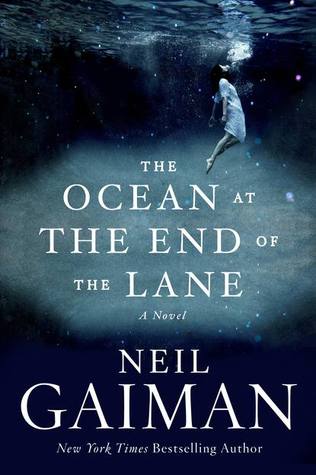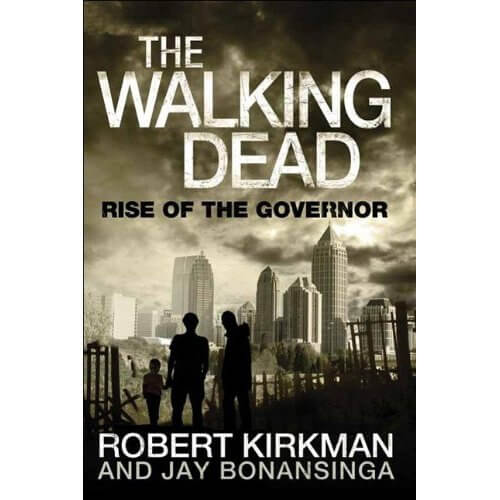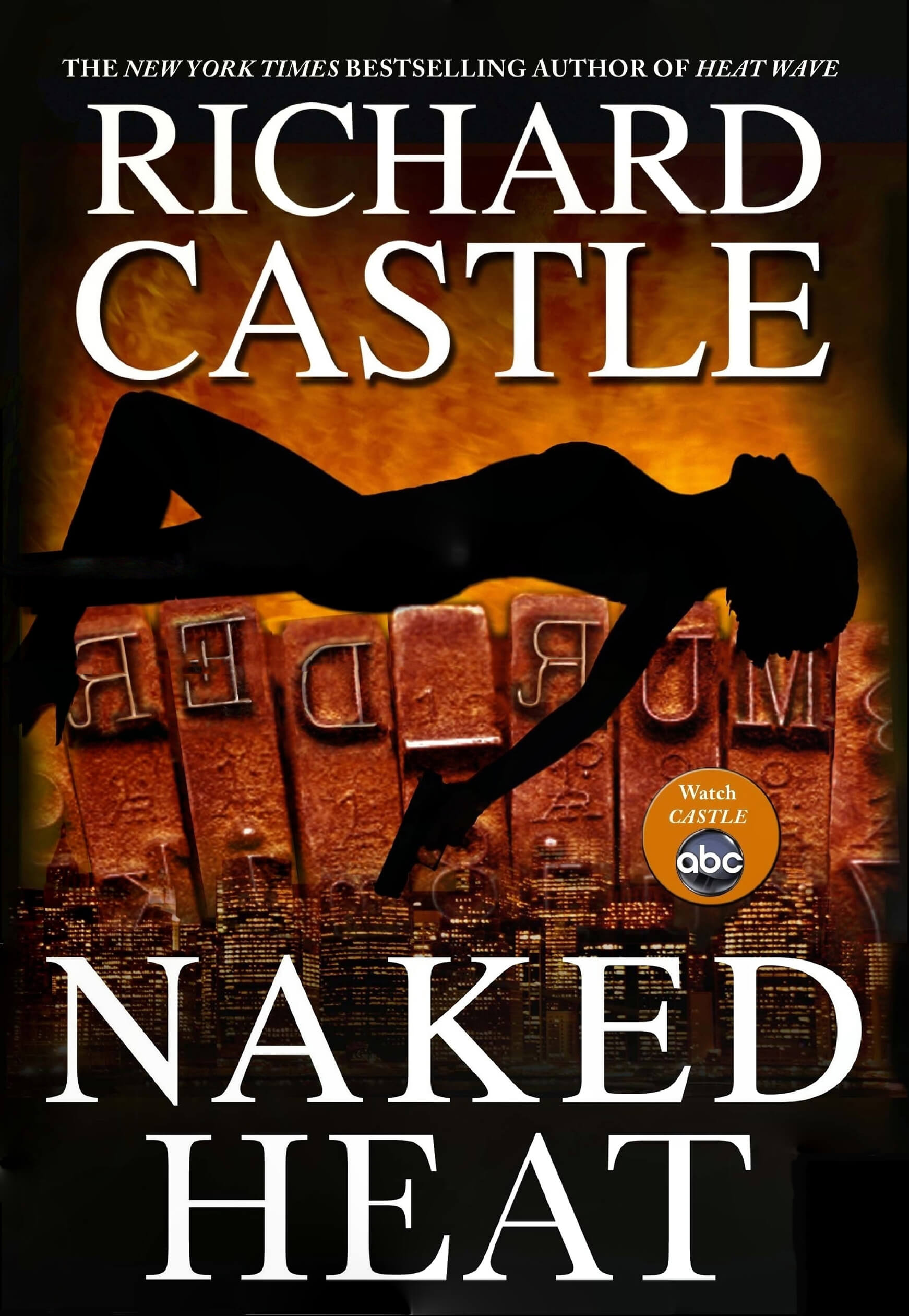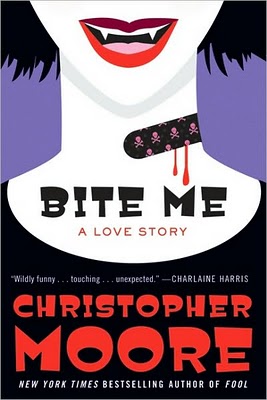The Ocean at The End of the Lane: Not an Actual Review of the Book, I Don’t Think
 As you fall asleep, images and sounds and sensations start to move in an almost rollercoaster way, you hold on to what makes sense, dream-sense, and your dream begins. Sometimes I dream about shapes. Just shapes, swirling through blackness, and I think they are small, but they are not, and I am shocked and delighted by my mistake when I realize it. Some of the most impressive things in the world are impressive because of their size. Every waterfall mesmerizes because it is impossible to comprehend just how much water is falling and from how high up.
As you fall asleep, images and sounds and sensations start to move in an almost rollercoaster way, you hold on to what makes sense, dream-sense, and your dream begins. Sometimes I dream about shapes. Just shapes, swirling through blackness, and I think they are small, but they are not, and I am shocked and delighted by my mistake when I realize it. Some of the most impressive things in the world are impressive because of their size. Every waterfall mesmerizes because it is impossible to comprehend just how much water is falling and from how high up.
Franz Kafka was able to put the endless paradox of dreams into words and into a narrative, and Neil Gaiman has been using this device throughout his works, which is what makes him one of my favorite authors.
With The Ocean at the End of the Lane, Gaiman succeeded in transporting the reader to that hidden part of their mind that is only accessible in dreams. He did this even more successfully than he was able to with the Sandman graphic novels, where a great deal of the story took place in dreamscape.
The novel is about a man who remembers being seven years old and what happened when his fate found him. He isn’t having a particularly good time, feeling rejected, forgotten, and hides in his books. His childhood isn’t the kind that people feel nostalgic about, and as an adult he does not miss it. But then this lonely child makes a friend. The event that leads to the friendship is tainted with tragedy, but only tainted, because the story is told through a seven-year-old’s perspective and joy can be found in the smallest things even as the world crumbles. Our nameless protagonist moves between what is hard reality and then fuzzy magic-imbued reality and the transitions are seamless and matter-of-fact. And that is all I’m willing to give away about the plot. Continue reading




 In my mad desire to prove some unspecified thing to some unspecified person, I have decided to run the
In my mad desire to prove some unspecified thing to some unspecified person, I have decided to run the  Vampires have somehow become a very popular trend in the last few years, with everyone seemingly wanting to cash in on them. From “Twilight” to “The Vampire Diaries,” the undead have spread through the media and there is seemingly no escape from them. Christopher Moore’s latest book, “Bite Me: A Love Story,” also tells a story about vampires, but not in the traditional sense. No one in this book sparkles.
Vampires have somehow become a very popular trend in the last few years, with everyone seemingly wanting to cash in on them. From “Twilight” to “The Vampire Diaries,” the undead have spread through the media and there is seemingly no escape from them. Christopher Moore’s latest book, “Bite Me: A Love Story,” also tells a story about vampires, but not in the traditional sense. No one in this book sparkles.